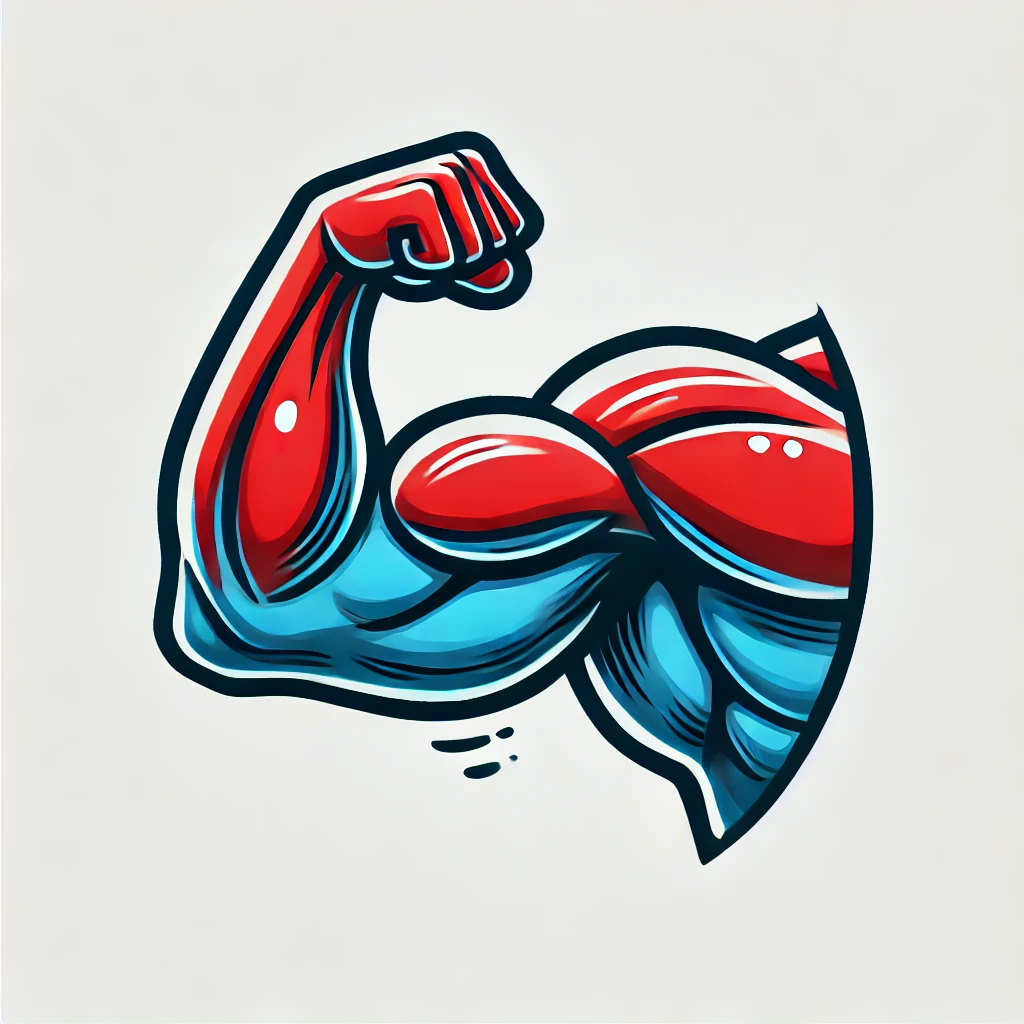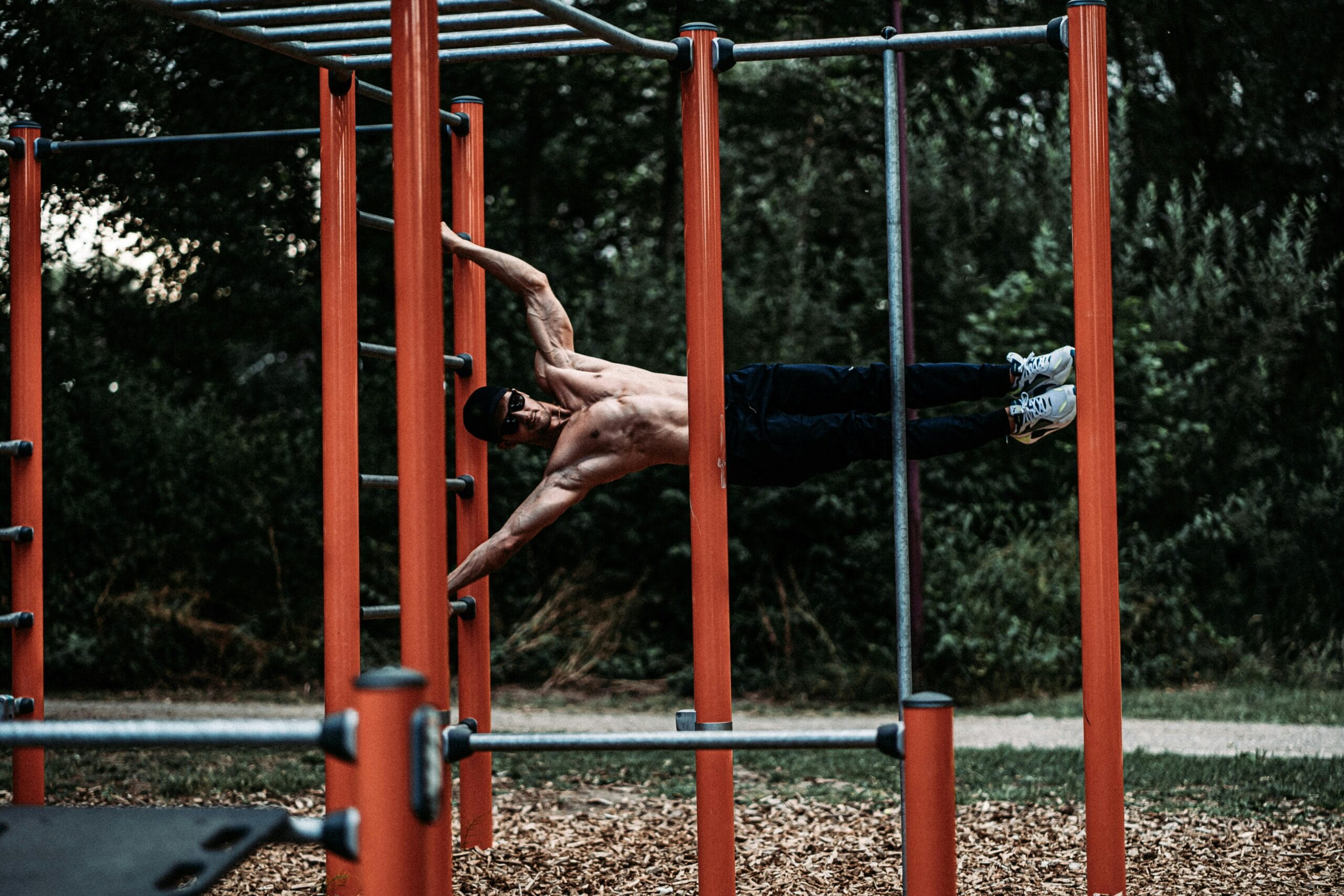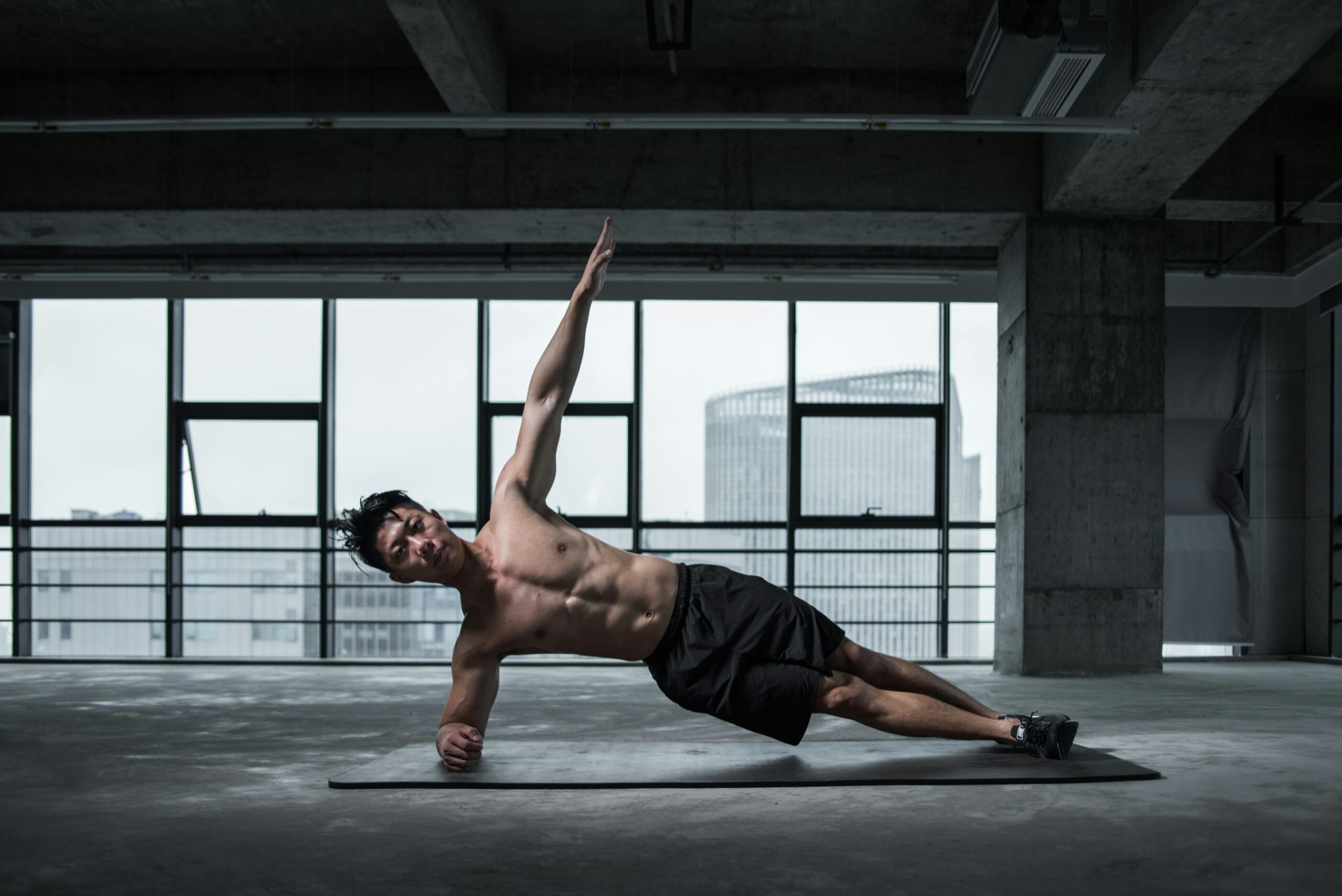Calisthenics is a fun way to get stronger using just your body weight—no equipment needed! A calisthenics workout plan for beginners is perfect for anyone new to fitness. It’s simple, effective, and easy to follow.
With this free calisthenics workout plan for beginners, you can build strength, improve flexibility, and boost your endurance. You can do these exercises at home, in the park, or anywhere you like. It’s a great way to stay active without spending any money!
This plan is designed to help beginners learn basic moves like push-ups and squats. It’s easy to start, and you’ll feel stronger and more confident as you go. Whether you’re looking for a fun way to exercise or just want to stay healthy, this free workout is the perfect choice. Start today and see how simple fitness can be!
Preparing for Your Calisthenics Journey
Starting your calisthenics workout plan for beginners is easy and exciting! The best part? You don’t need fancy equipment—just your body! If you want, you can add a pull-up bar or resistance bands, but they’re optional.
Before you begin, it’s important to warm up. Simple moves like arm circles and leg swings help your body get ready to exercise. These stretches keep you safe and make your workout feel better.
Setting small goals can help you stay motivated. Track how many push-ups or squats you can do and watch yourself improve! With a little effort and a positive attitude, you’ll be ready to crush your calisthenics journey. It’s simple, fun, and a great way to start your fitness journey!

7-Day Calisthenics Workout Plan
Challenges for Progression
This free calisthenics workout plan for beginners is a fun and easy way to start your fitness journey. You don’t need any special equipment—just your body and a little space to move! Each day has simple exercises to help you get stronger, more flexible, and feel great.
Day 1: Push-ups, Squats, and Planks
Start with push-ups to build strength in your arms and chest. Do 2 sets of 10 reps. Then move on to squats, which work your legs and core. Finish with planks, holding for as long as you can in each set. This is a great way to start your week!
Day 2: Lunges, Chair Dips, and Side Planks
Try lunges to strengthen your legs and balance. Do 2 sets of 8 reps on each leg. For dips, use a sturdy chair to work your arms. End with side planks to improve your core strength. This day focuses on different muscles to keep it interesting!
Day 3: Rest or Active Recovery
Take a break today! You can relax or do light stretches to keep your body moving. Active recovery helps your muscles heal and makes you feel refreshed for the next day.
Day 4: Mountain Climbers, Jumping Jacks, and Reverse Lunges
This is a more energetic day! Do mountain climbers to work your legs and core. Add jumping jacks for cardio and finish with reverse lunges for balance and leg strength. Do 3 sets of 10 reps for each exercise.
Day 5: Repeat Day 1 with Added Reps
Go back to push-ups, squats, and planks from Day 1, but challenge yourself by adding a few extra reps. For example, try doing 12 push-ups per set instead of 10. It’s great to see how much stronger you’re getting!
Day 6: Circuit of Day 2 and Day 4 Exercises
Today, you’ll combine the moves from Day 2 and Day 4 into a circuit. Do lunges, chair dips, mountain climbers, and jumping jacks one after the other with short breaks in between. This keeps your heart rate up and works your whole body!
Day 7: Rest or Yoga
End your week with a well-deserved rest day. If you want, try yoga to stretch your muscles and improve flexibility. It’s a peaceful way to recover and prepare for another week of calisthenics.
This free calisthenics workout plan for beginners is simple, fun, and perfect for anyone starting out. Each day focuses on different moves to keep it exciting. Stick to the plan, and you’ll feel stronger, healthier, and full of energy in just one week!
Challenges for Progression
Taking on a calisthenics challenge is a fun way to stay motivated and improve your strength! A 21-day calisthenics challenge is perfect for beginners. You’ll start with basic moves like push-ups and squats, and each week, you’ll add more reps or hold positions longer. It’s great for building a strong foundation and learning consistency.
If you want a longer plan, try a 30-day calisthenics challenge for beginners. This plan focuses on progressive circuits, where you add more exercises and make them slightly harder each week. By the end of the month, you’ll notice big improvements in your strength and endurance.
For something in between, the 28-day calisthenics challenge is another option. It’s similar to the 30-day challenge, with gradual progress to keep you improving.
All these challenges are simple and help you stick to a routine. Whether it’s a 21-day calisthenics challenge or a calisthenics challenge for 30 days, they’re great for beginners who want to get stronger, stay active, and feel more confident. Pick the challenge that fits you best, and see how much you can achieve in just a few weeks!

Sample 30-Day Calisthenics Workout Plan
A 30-day calisthenics challenge is a great way for beginners to get stronger and build a healthy routine. This plan is simple, fun, and helps you improve gradually over four weeks. You don’t need equipment, just some space and time to exercise!
Week 1-2: Focus on Form
Start by learning the basics. Practice knee push-ups to strengthen your arms and chest without too much pressure. Try wall squats, where you sit against a wall like an invisible chair, to work your legs. Add planks to build core strength. Focus on doing the moves slowly and correctly to build a strong foundation.
Week 3-4: Add Intensity
Now, step it up! Switch to standard push-ups and try adding pull-ups if you have a bar. If not, stick with exercises like dips on a sturdy chair. Add dynamic moves like burpees for cardio and strength combined. These exercises will challenge your muscles and keep your heart pumping.
Each week in this 30-day calisthenics challenge for beginners, you’ll notice progress. Your strength will grow, and the exercises will feel easier. Keep track of how many reps you can do or how long you can hold each move. By the end of the challenge, you’ll feel fitter, stronger, and ready to take on even more!
Click here to learn about calisthenics ab workouts
Staying Motivated and Tracking Progress
Staying motivated during a calisthenics challenge free of cost is important to keep going strong! One great way to stay on track is by using a workout journal. Write down how many push-ups, squats, or planks you do each day. Seeing your progress on paper can make you feel proud and help you set new goals.
Joining fitness groups or online forums is another fun way to stay motivated. Many people share their journeys in free challenges like the ones found online or in apps. You can find support, tips, and even new friends who cheer you on. Knowing others are working toward the same goals can make the challenge feel easier and more fun.
Don’t forget to celebrate small milestones. Maybe you held a plank longer today or did more push-ups than last week. Reward yourself with something simple, like a favorite snack or a relaxing break, to keep your spirits high.
Free calisthenics challenges often come with tools to help you track your progress, like apps or printable plans. These make it easy to stay organized and see how far you’ve come. Remember, the key to success is to enjoy the journey and focus on doing your best every day. You’re stronger than you think!
FAQs
Is 20 minutes of calisthenics enough?
Yes, 20 minutes of calisthenics can be effective if you focus on high-intensity exercises. It helps build strength, improve endurance, and burn calories when done consistently. Quality and intensity matter more than duration.
Should I do calisthenics at 14?
Yes, calisthenics is safe and beneficial for 14-year-olds as it helps build strength, improve coordination, and promote a healthy lifestyle. Just focus on proper form, bodyweight exercises, and avoid heavy lifting. Always consult with a coach or professional to ensure safe practices.
Is calisthenics better than gym?
Calisthenics is great for functional strength and can be done anywhere, while the gym offers more equipment for targeted muscle training. It depends on your goals and preferences. Both can be effective with the right approach.



